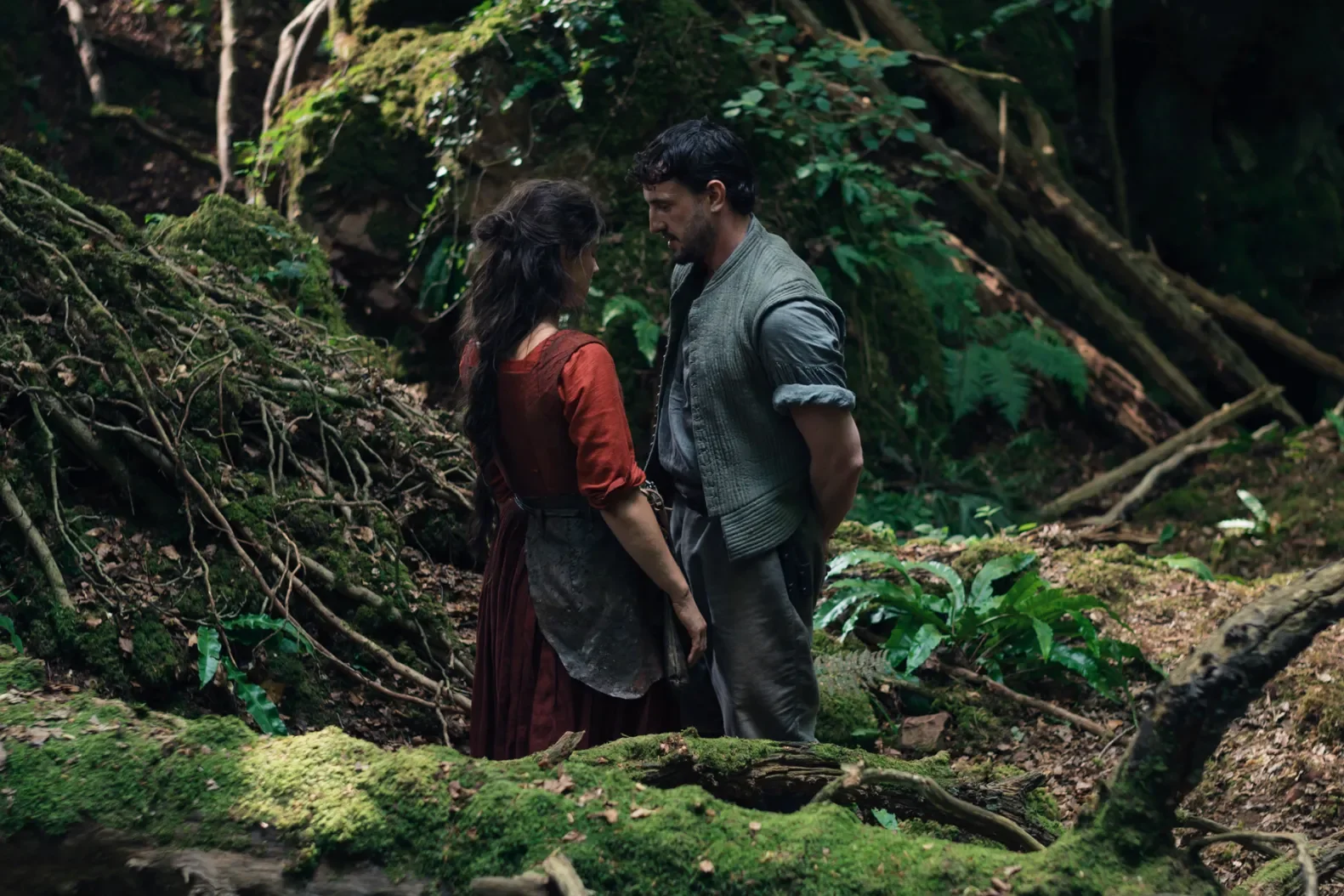Hamnet: A Review
Written by Keaton Wilder Marcus
The dead speak through Paul Mescal’s William Shakespeare in Hamnet. Chloe Zhao’s adaptation of Maggie O’Farrel’s novel is not only an artistic triumph in the sense that it conjures English literature’s past onto a contemporary screen - but in how it re-animates these people’s inner lives like a historian who builds thrilling fiction out of the dusty textbooks she reads. Zhao removes as much pompous space as she can between the audience and Mescal’s Shakespeare by focusing so little on his otherworldly craft and so significantly on his role as a father. There are direct quotations from the Bard’s portfolio: including his writing a first draft of “Romeo & Juliet” or the early workings of Hamlet’s “To Be or Not to Be” monologue as he contemplates suicide over the river Thames — but the mighty Shakespeare is nonetheless re-written as William.
Zhao figuratively dispels the concept that there is even a Shakespeare present. William is an 18 year-old boy enamored with Agnes (Jessie Buckley): a servant girl living in the house of the two boys he works as a Latin tutor for. Agnes can be described as a woman of the forest - tormented by accusations that she is the daughter of a witch. William is paying off his father’s debt despite the fact that he is still labeled an effeminate man with useless literary talent. Zhao pairs William and Agnes together as outcasts in their own respective ways: William charmingly attempting to woo Agnes with the story of Orpheus & Eurydice and Agnes framed as growing from the trees in her backyard — friends with her falcon and no one but her falcon. The two begin a courtship, much to the disapproval of William’s parents.
Lucasz Zal’s camera is an existing character within the film. Take the initial farewell between William and Hamnet when the former leaves for London. Zhao knows that even when the camera frames her characters from a distance, it must not lose the intimacy it communicates to them with. William is depicted on the right side of his house, Hamnet the left. Zhao’s camera is at a height that allows audiences to view both characters at the same time as they cannot stop saying “goodbye” to each other. Hamnet and William say their final “goodbye” and Hamnet runs inside with his mother. William stays for a moment, and we are now privy to his hesitation. Hamnet contains a visual literacy that is able to have conversations with the characters it displays on-screen — William not only says goodbye to his son, but additionally behaves like the son he is saying goodbye towards. There is a curious theme of “switching places” in this film: such as Hamnet telling “death” to take him and not his sister Judith — noting that the disease cannot tell the two apart. In the moment between Hamnet and William, William essentially becomes the child he is mourning.
Perhaps Zhao is using her camera as prose. In a novel, the writer has the ability to describe on the page what a reader can otherwise not see in a film. Hamnet illustrates a man who is not a father choosing ambition over family but rather a man who wants to preserve the youth of his child. This idea of preservation becomes visible to Agnes when she sees what the public cannot during the first performance of Hamlet: a climax that had the air standing upright on my arm and the audience in audible tears.Zhao, with her Nomadland eye for the faces of her actors, shines a documentarian’s light on the English Renaissance as the townspeople witness William’s performance. Hamnet as a character and as a film becomes immortalized in the art that Agnes gives birth to and William writes for the stage.

